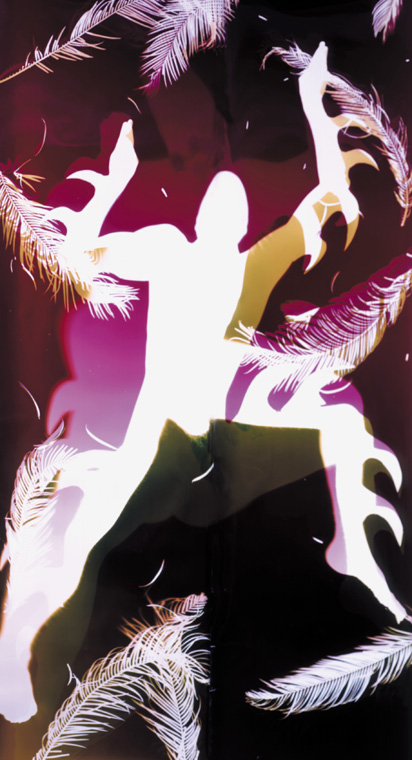Brazen Experimentalism of 1992
I’m not sure if it’s the naivety of youth that allows our early influences to run the profoundly deepest. This was certainly true for me as a young artist and what propelled me to dedicate much of my life to the camera less photographic medium, the photogram. It was 1992, art school and I already had a craving for experimental image making. I knew those mythic stories of inspiration striking artists like a bolt of lighting were as about as common place as winning the lottery. Creating was about showing up and doing the work. Yet, I still remember the day, like it was yesterday when I entered the exhibition featuring Robert Rauchenberg’s figurative blueprint from 1950. There was no going back after this.
Robert’s photograms were like nothing I’d seen before and they were already 42 years old. Like paintings, they had an immersive scale and abstracted the sense of reality, while still holding onto a few traces of time’s presence found in photography. They were brilliant! And at the same time, no disrespect intended, his subject matter was exhaustively stiff. The potential was so obvious, and I was ready to get started.
This discovery for me, this wasn’t just about a new technique, but as if I was opening my eyes for the very first time. It was way of seeing the world in a way that I wanted to look at it. Reality is sharp enough, I didn’t need a sharp lens define it. For me, the photogram was to un-define the human experience, to give space for mystery, ambiguity and emotion.
That day, Robert became my mentor and guide. His free wheeling means and ends to art making were the fundamental context to the words I imaged he would have told me. ‘Be brazen in your art and don’t ask for permission, cause you won’t ever get it.’

